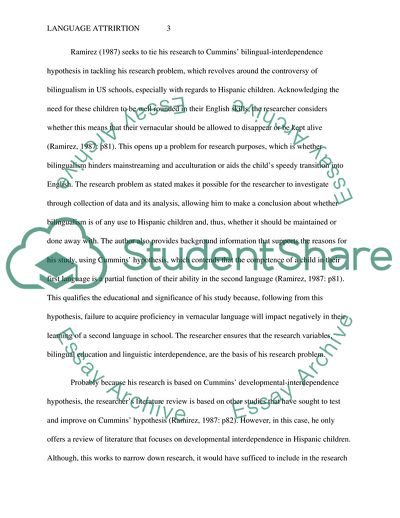Cite this document
(Language Attrition Report Example | Topics and Well Written Essays - 2500 words, n.d.)
Language Attrition Report Example | Topics and Well Written Essays - 2500 words. https://studentshare.org/humanitarian/1817489-language-attrition
Language Attrition Report Example | Topics and Well Written Essays - 2500 words. https://studentshare.org/humanitarian/1817489-language-attrition
(Language Attrition Report Example | Topics and Well Written Essays - 2500 Words)
Language Attrition Report Example | Topics and Well Written Essays - 2500 Words. https://studentshare.org/humanitarian/1817489-language-attrition.
Language Attrition Report Example | Topics and Well Written Essays - 2500 Words. https://studentshare.org/humanitarian/1817489-language-attrition.
“Language Attrition Report Example | Topics and Well Written Essays - 2500 Words”. https://studentshare.org/humanitarian/1817489-language-attrition.


